Dealing with deer in your garden is no fun. These graceful creatures can easily make a lunch out of your beautiful perennial garden, destroying all of your hard work. A deer will eat anything if it’s hungry enough, but there are some perennial flowers you can grow in zone 3 that they will generally leave alone. In this post I’m sharing a list with pictures of some of the flowers that deer will not eat.
Once you’re done reading up on these deer resistant flowers, you can read more about creating a low maintenance perennial garden
1. Allium
Deer are turned off by the onion-y smell. Plant these spring bloomers in the back for some height and interest in the perennial bed.
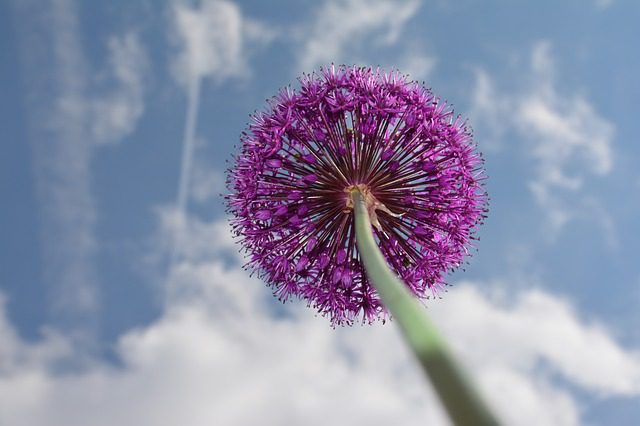
2. Anemone
Grow the woodland variety of anemone for a longer-blooming ground cover, or other varieties for early spring cut flowers.
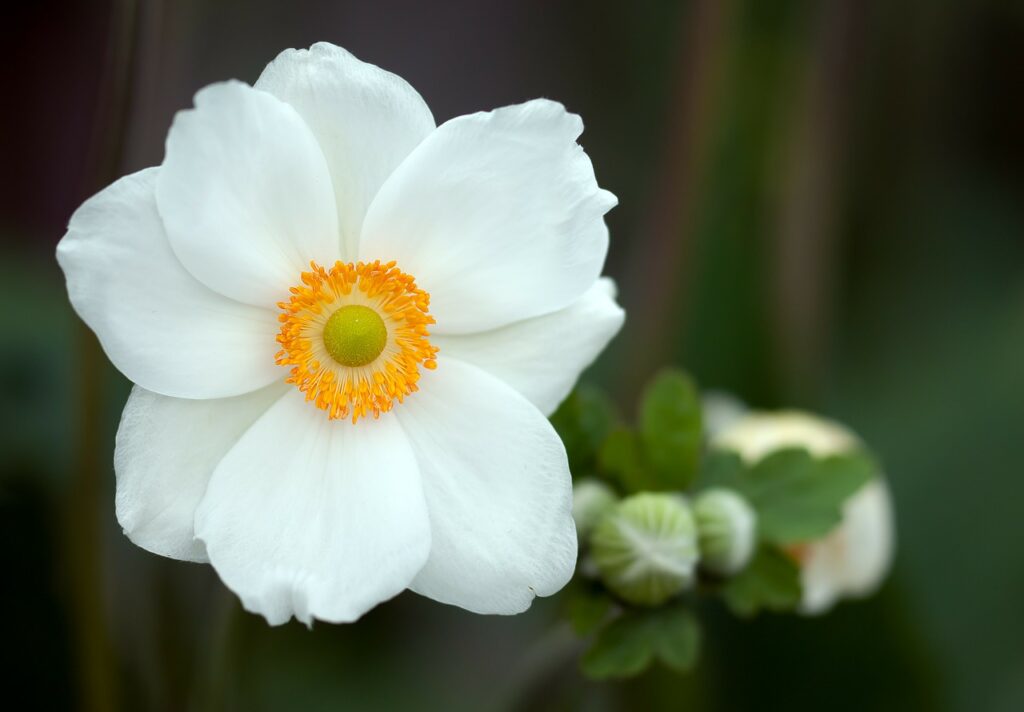
3. Aster
Asters are very drought tolerant and attract pollinators such as bees and butterflies.
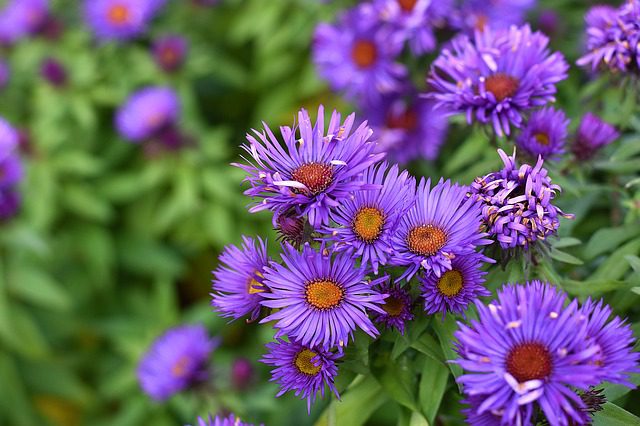
4. Beardstongue
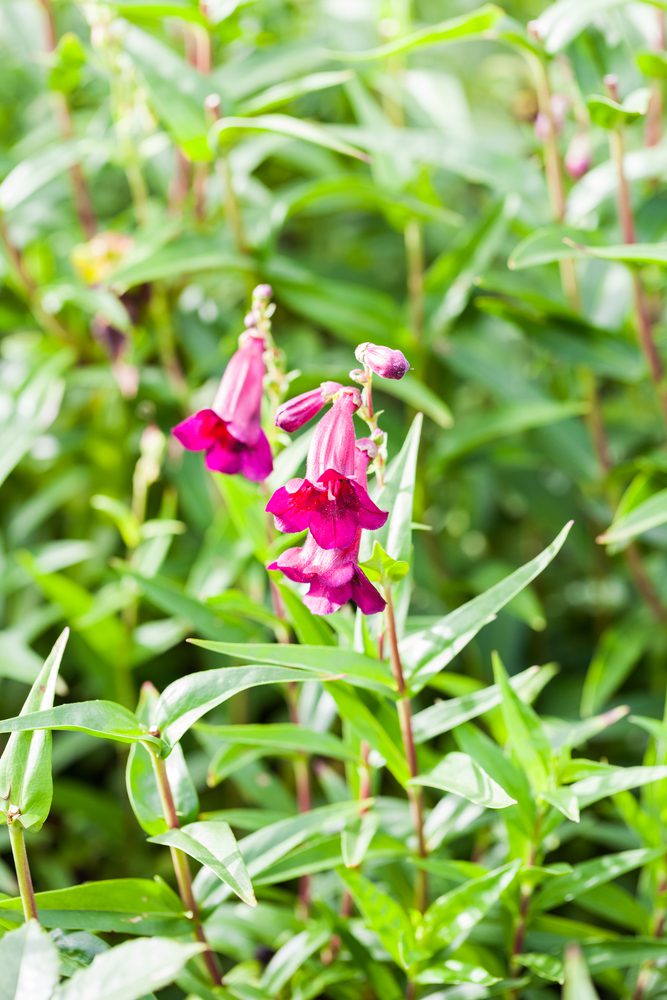
5. Beebalm (Mordana)
Bee balm is attractive to bees, as the name suggests, and is one of the longer blooming plants on this list. Use it as a border plant in the perennial garden.
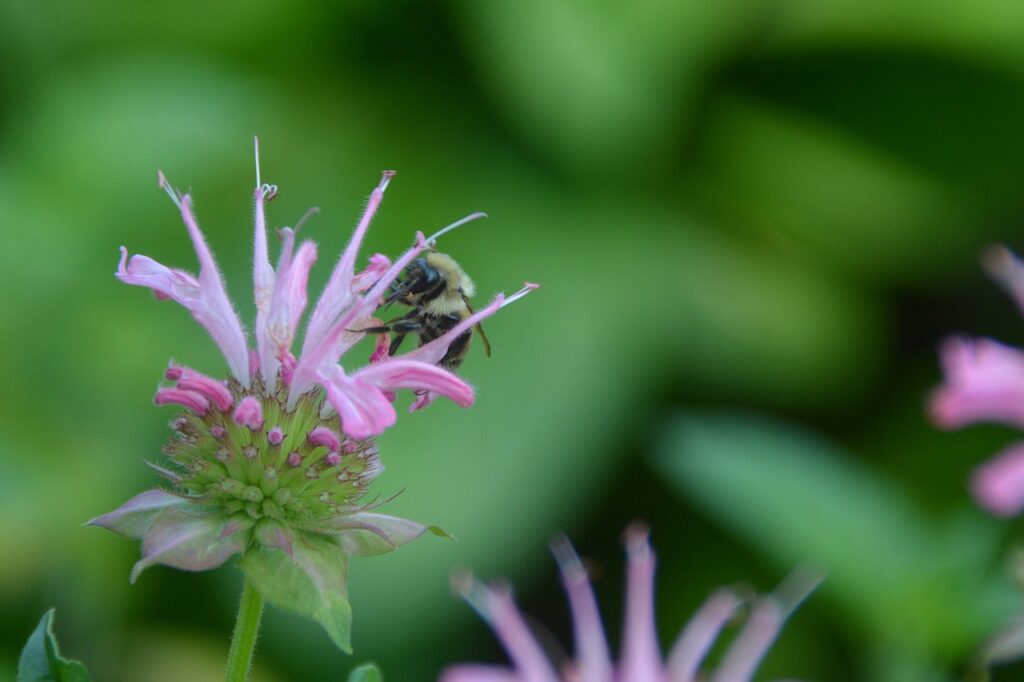
6. Blanketflower
Another native plant for prairie gardeners that’s also drought resistant. Plant it as a border plant for summer blooms.
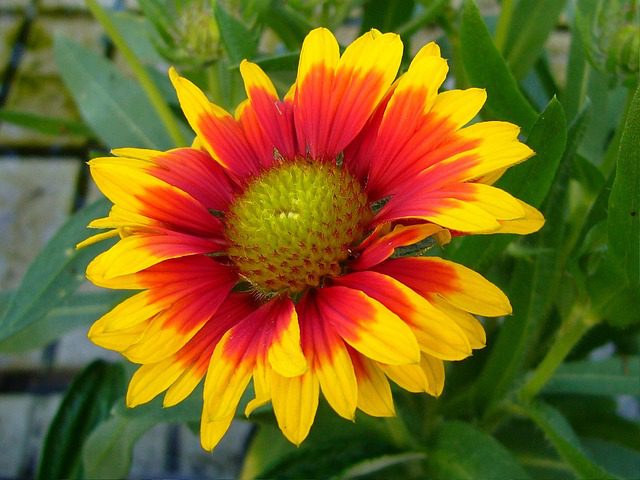
7. Bleeding Heart
Bleeding hearts come in shades of pink and white, and are a staple of the shade garden. They’re an extremely easy to grow plant on the prairies–perfect for beginners.
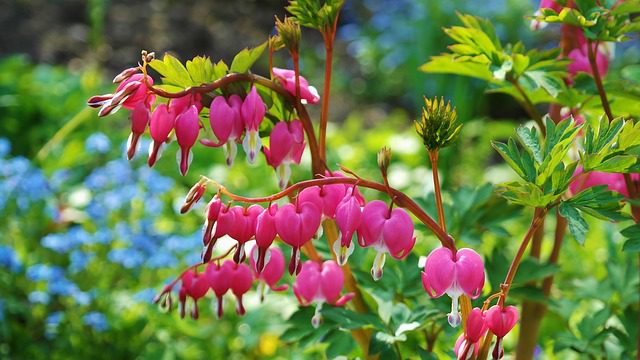
8. Catmint
Catmint is a favourite of cats and pollinators, but the deer don’t like it.
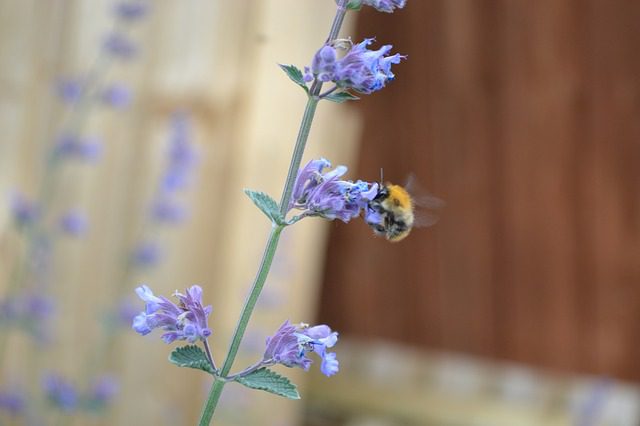
9. Daylily
Daylilies come in a wide range of colours, and are great for the full sun or part shade garden. The orange ones in this picture below can be invasive, but there are many other lovely varieties that are not.
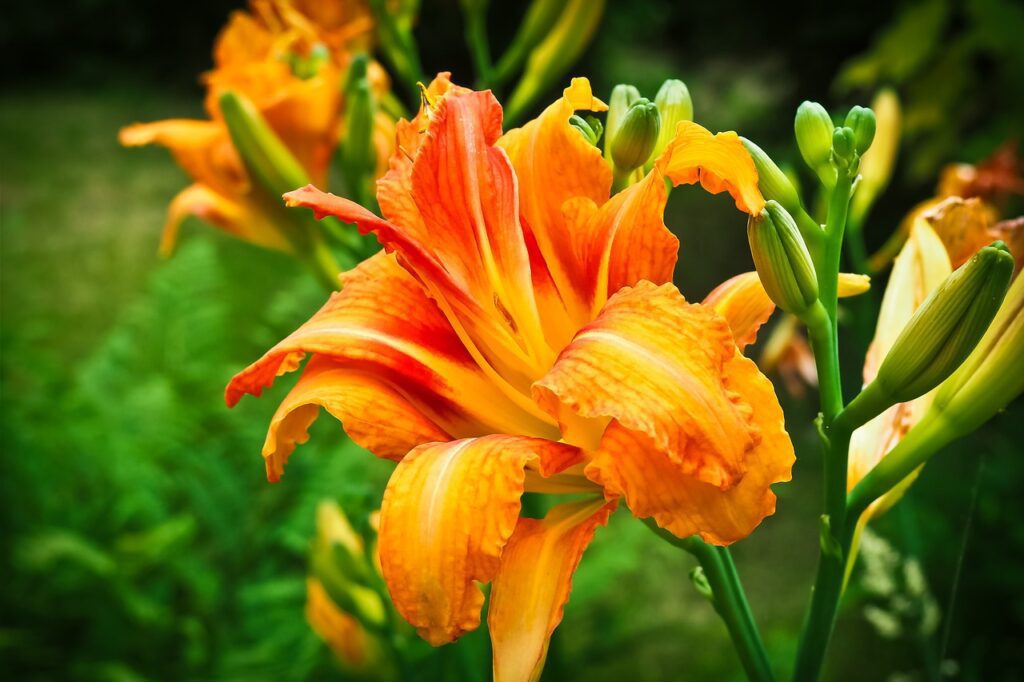
10. Delphinium
Delphiniums are very tall–so plant them at the back of the garden and consider staking them with extra tomato cages, so they can withstand a summer storm.
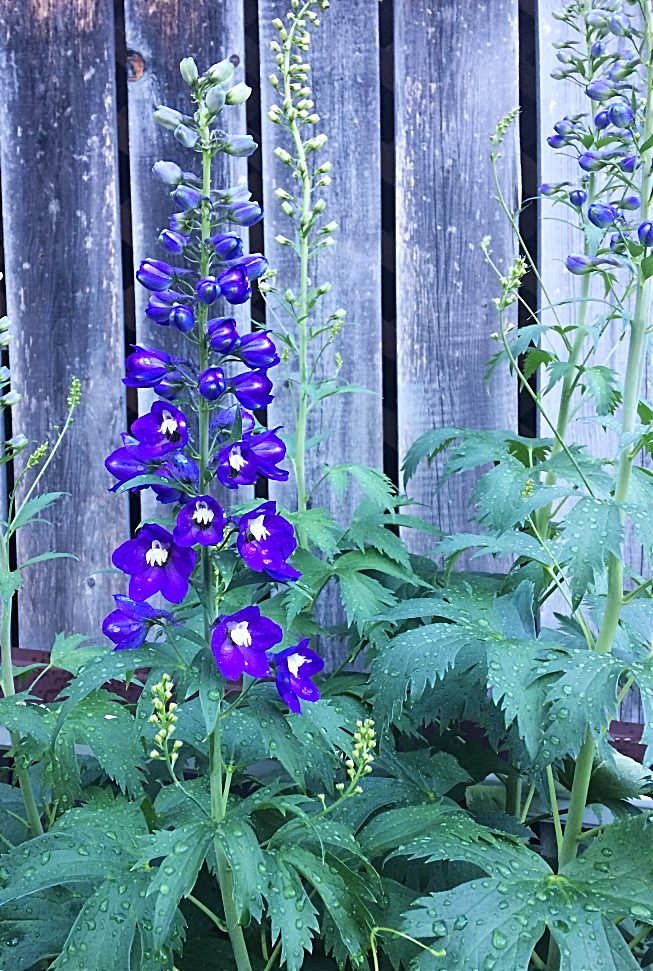
11. False Sunflower (Heliopsis)
Heliopsis are long blooming flowers that provide a bright dash of yellow in the late summer garden.
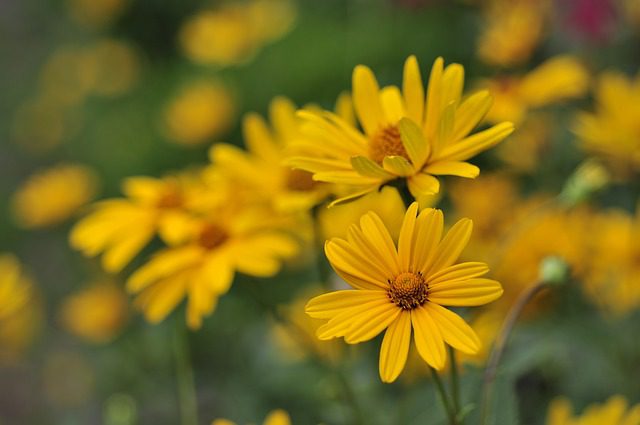
12. Foxglove
Foxglove can be poisonous for kids and pets, so consider skipping this one if you have toddlers or an animal that gets into everything.
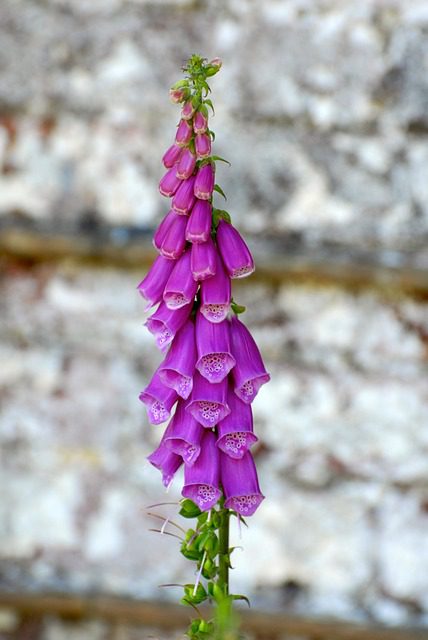
13. Iris
A spring classic, that comes in many shades of purple, yellow, and even some less common colours like pink, blue and red.
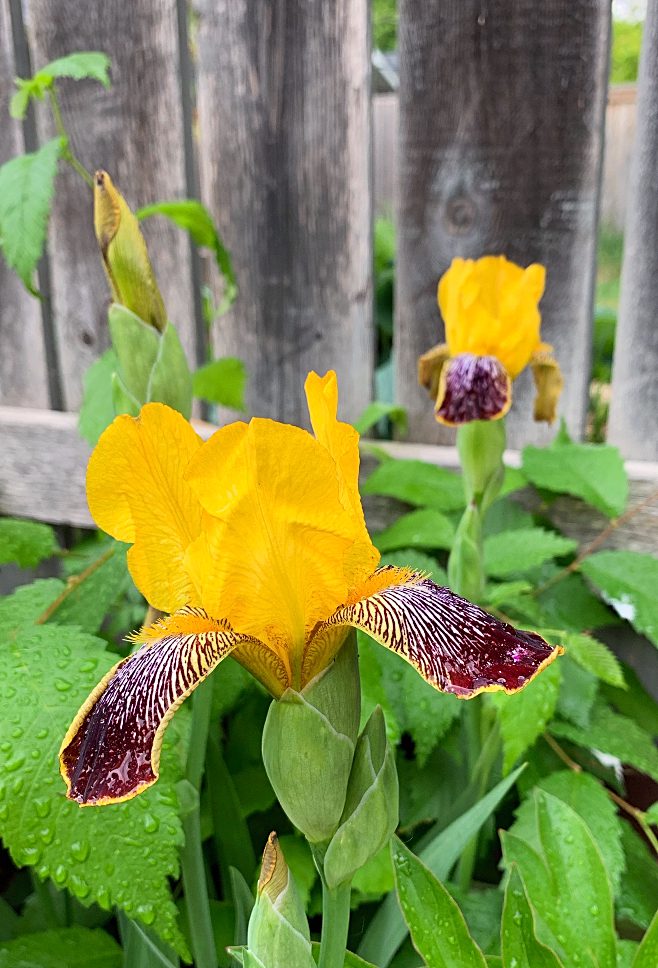
14. Ladies Mantle
Lady’s mantle is a perfect supporting cut flower to have in the perennial garden. Want to know more about cut flowers? You’ll love these posts.
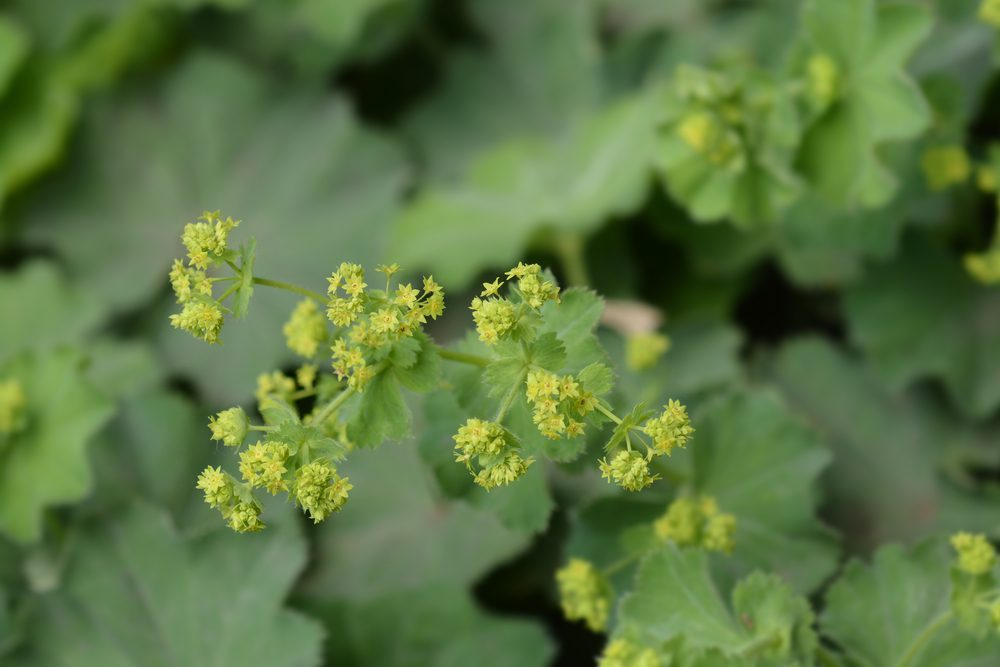
15. Lamium
Lamium is a wonderful shade plant that works perfectly as a ground cover underneath a tree.
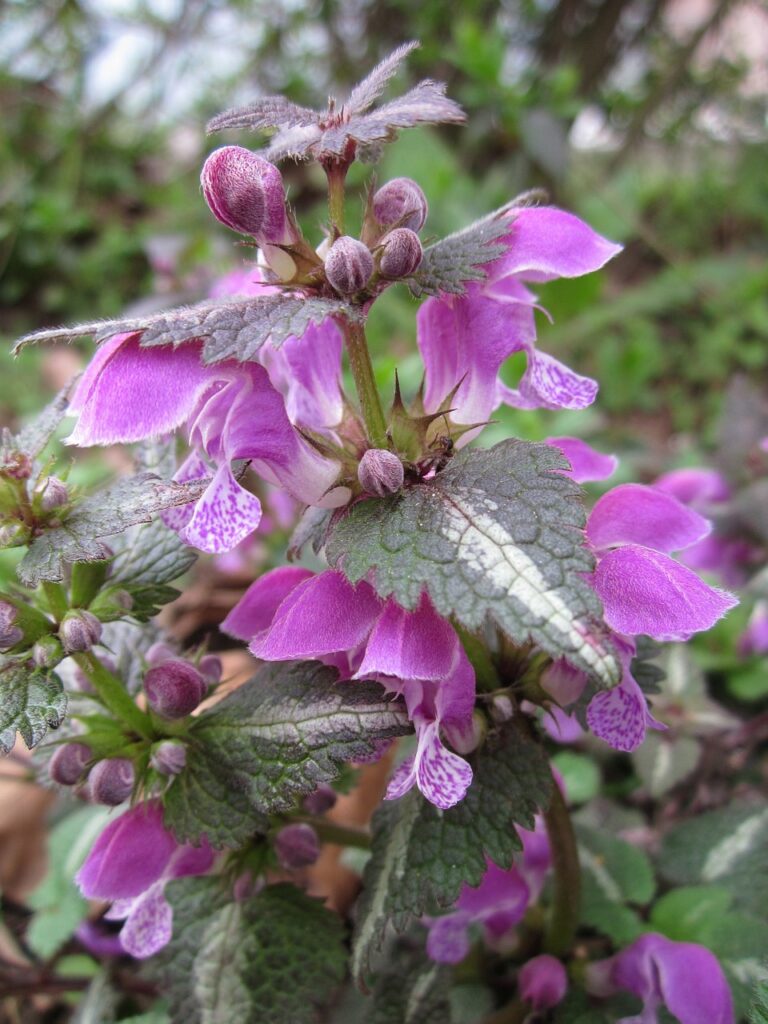
16. Lungwort
An earlier spring blooming perennial that bees love and deer don’t.
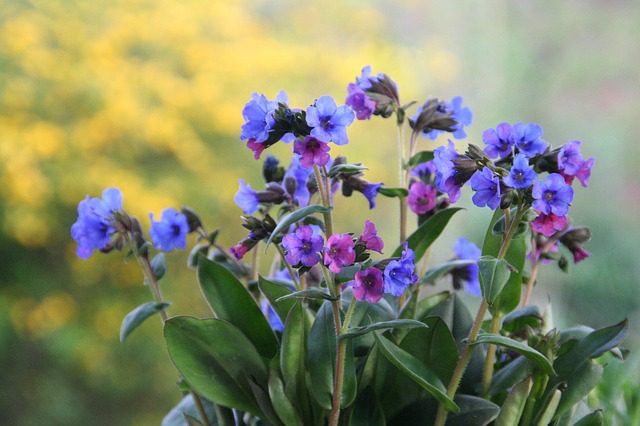
17. Lupine
Lupine comes in so many colours, and looks beautiful in cut flower arrangements.
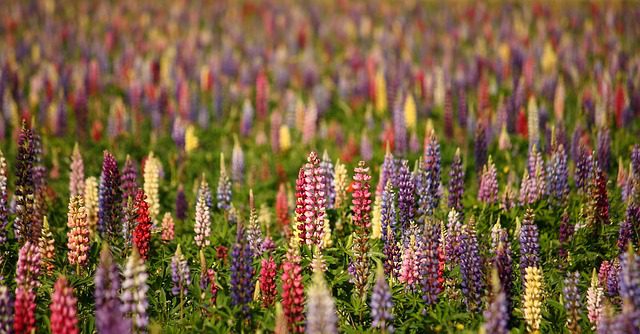
18. Meadowsweet (Spiraea)
A classic shrub with delicate, white blooms in the spring.
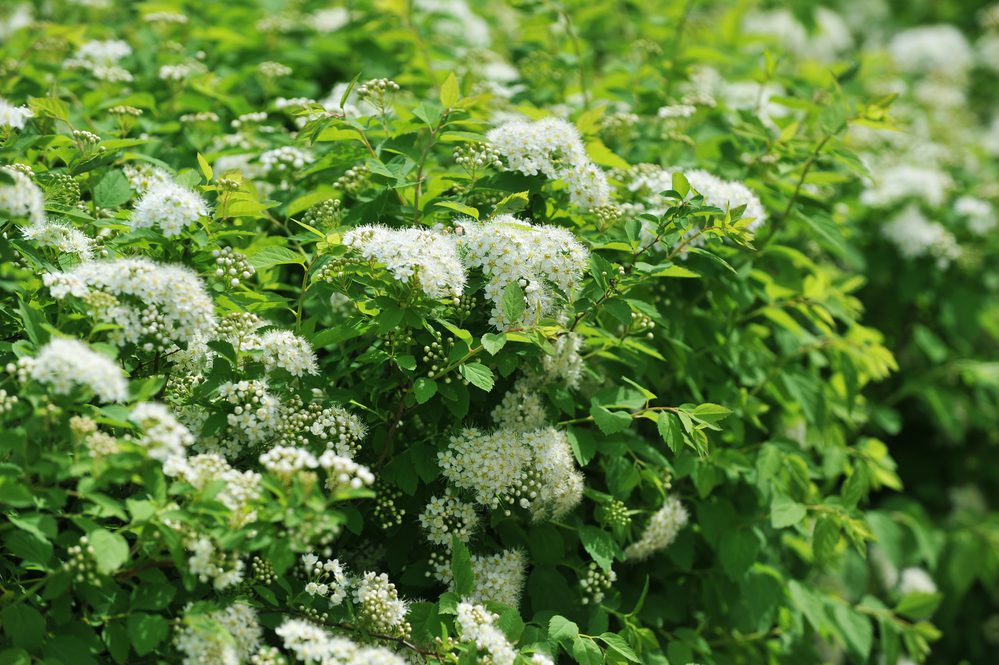
19. Monkshood
Monkshood looks similar to a delphinium, but can also be poisonous to kids and pets. Avoid this plant if you have either.

20. Narcissus (Daffodil)
Daffodils are an ideal spring perennial. They are the earliest to bloom, they come in so many beautiful variations of white, cream, yellow, peach, orange, and pink, and they multiply over the years.

21. Peonies
Possibly my favourite late-spring blooming flower. Did you know that peony bushes can last upwards of 80 years? Here’s some tips on planting peonies so you get blooms.
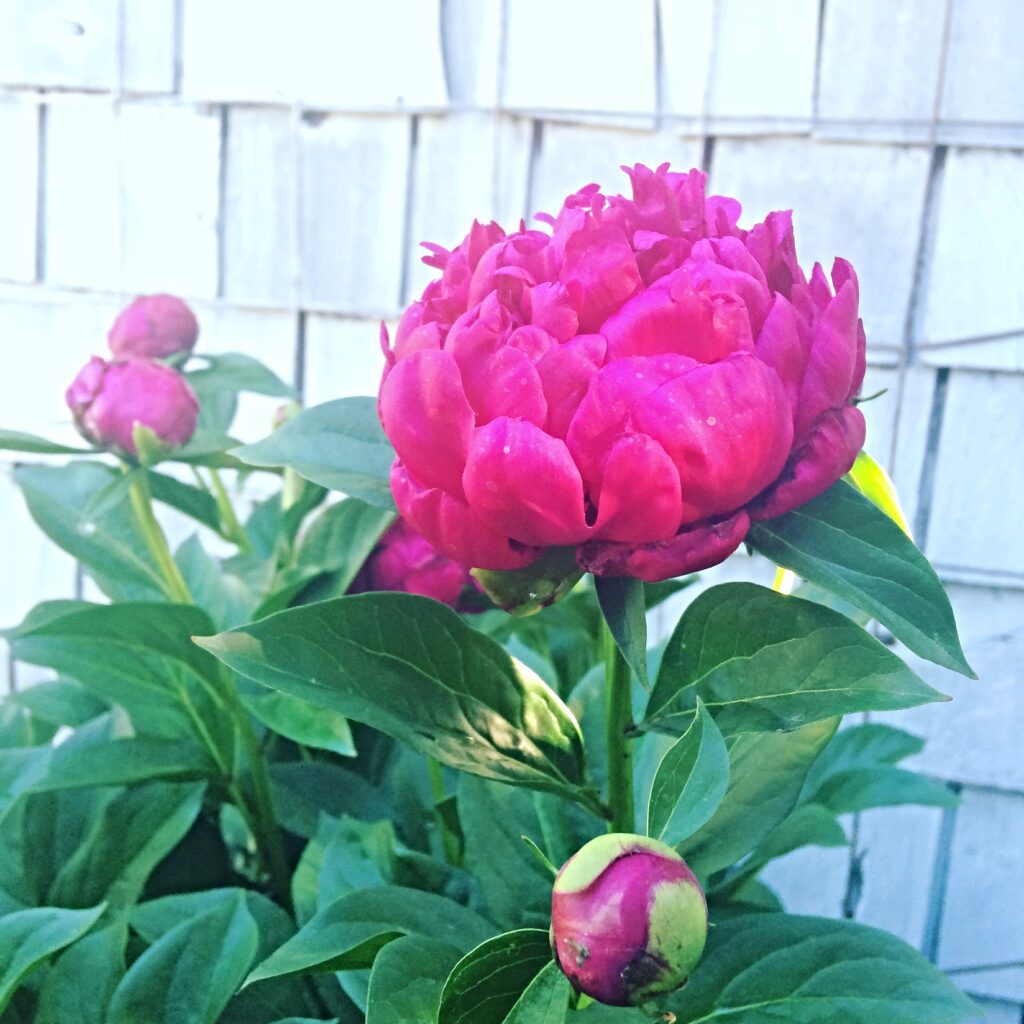
22. Rudbeckia (Black Eyed Susan)
You don’t have to grow the same-old black eyed susan’s that everyone has. I love these Prairie Sun ones (pictured below) as well as Cherry Brandy and Sahara. Just cover them with a thick layer of leaves in the fall in zone 3 and lower.
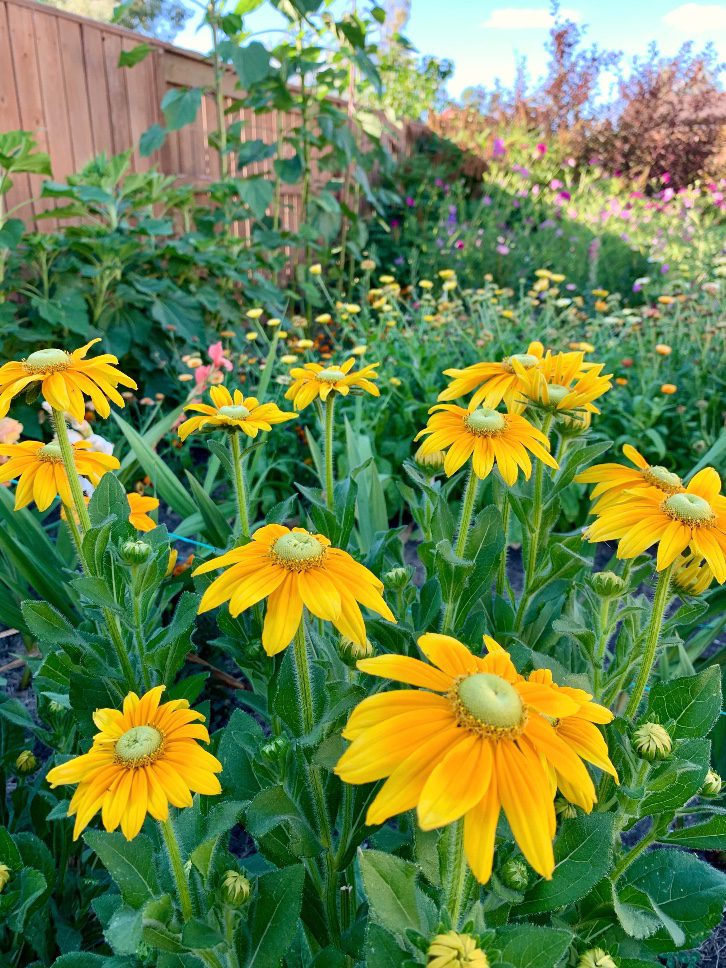
23. Sage (Salvia)
A long-blooming summer annual that adds some height and interest in the perennial flower garden.
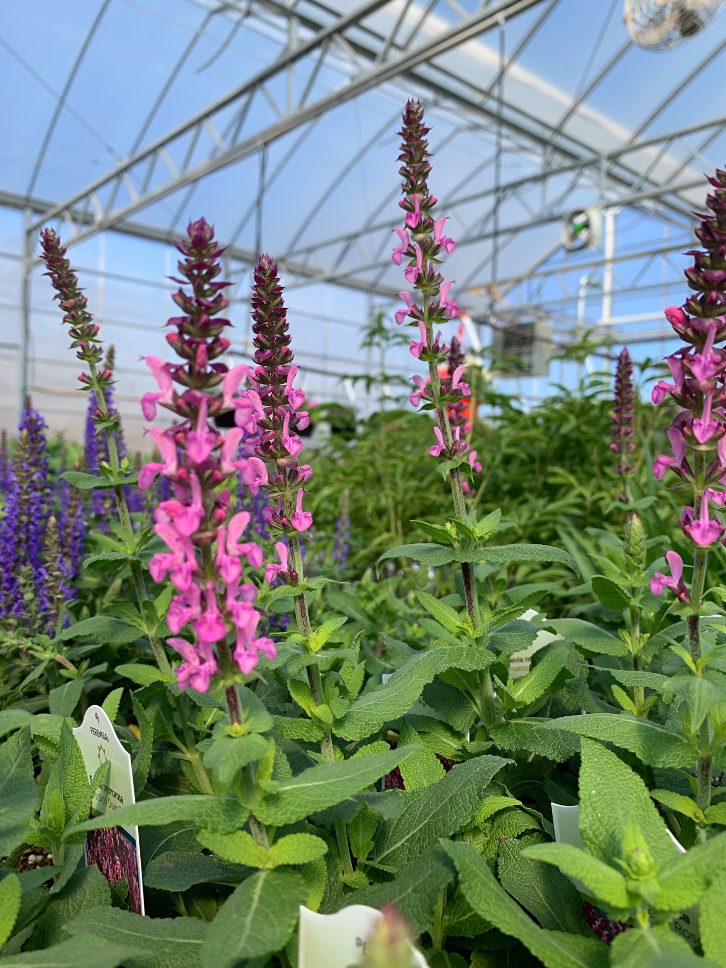
24. Verbena
Fantastic ground cover underneath a tree that provides cheerful spring colour.
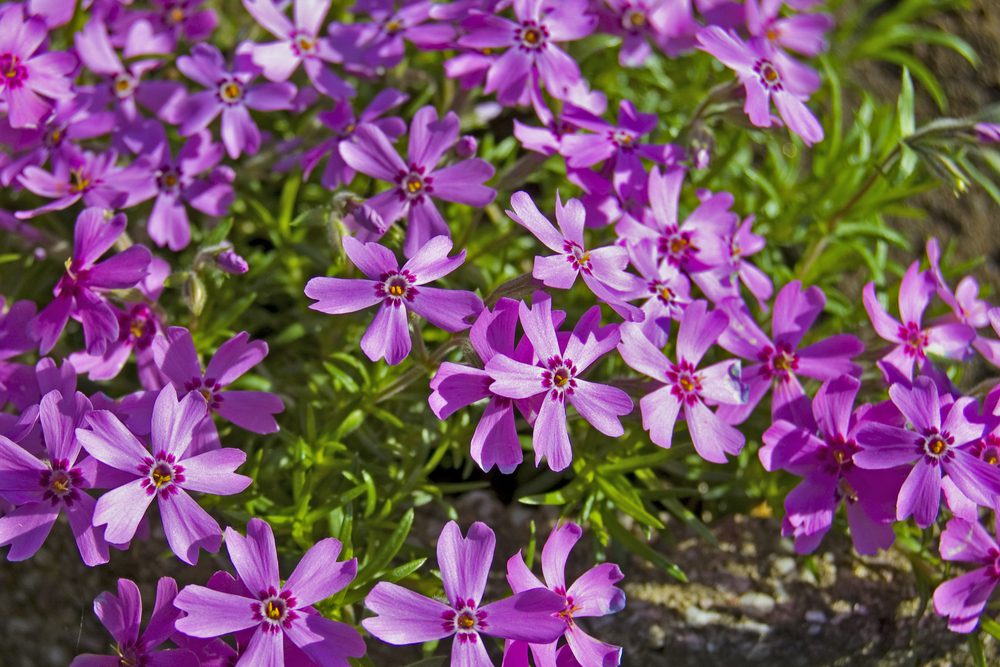
25. Yarrow
Many consider yarrow an invasive weed, and while I’ll admit that it’s no fun when it’s in your lawn, I love it in the perennial garden and as a cut flower.
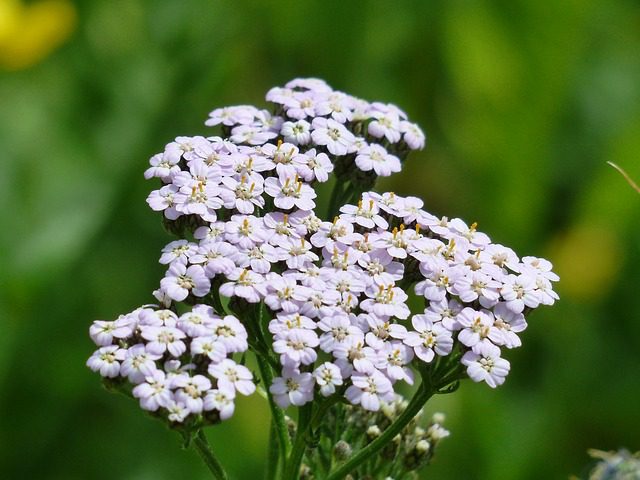
Are there any of these choices that surprised you? Any perennials that you’d add to the list? Please remember that I’m writing from zone 3 in Saskatchewan, Canada, so if you’re from somewhere warmer, please also include your zone and what general area you’re in.
Want to Create a Perennial Garden that Constantly Blooms from Spring to Fall, without Constant Work? Here’s how. . .
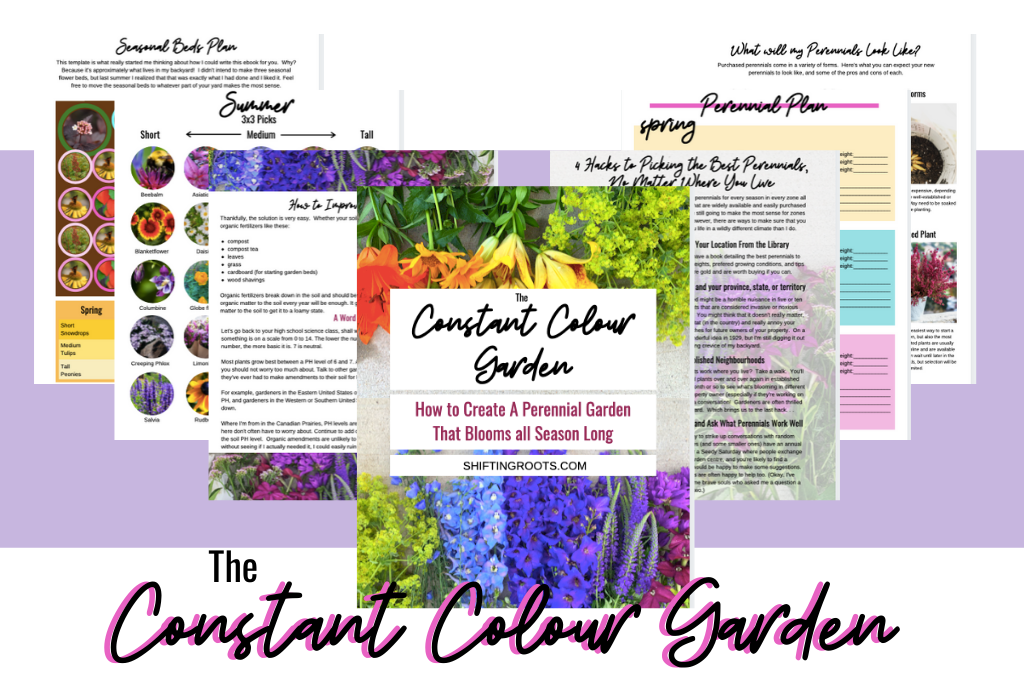
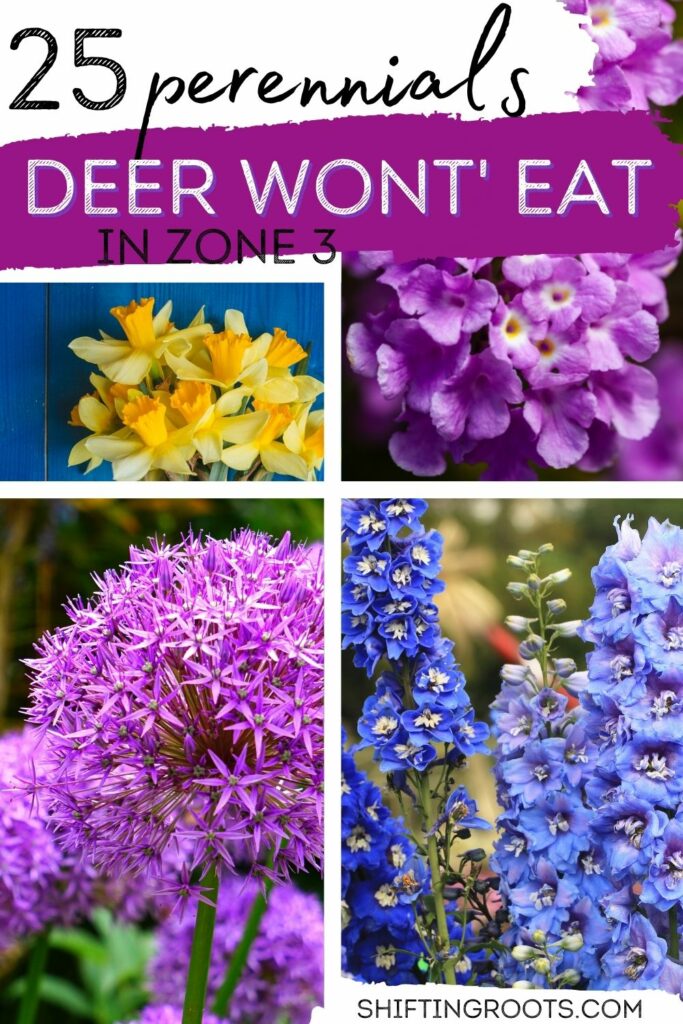
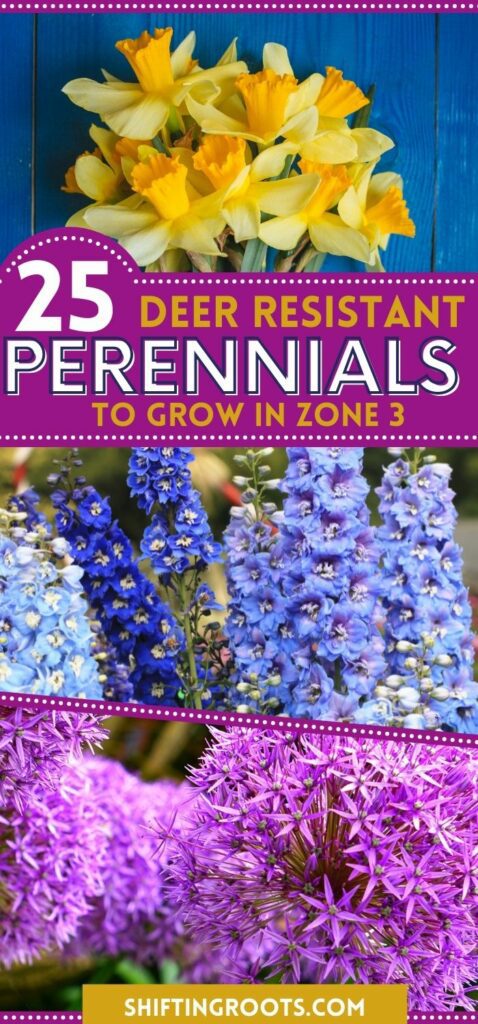
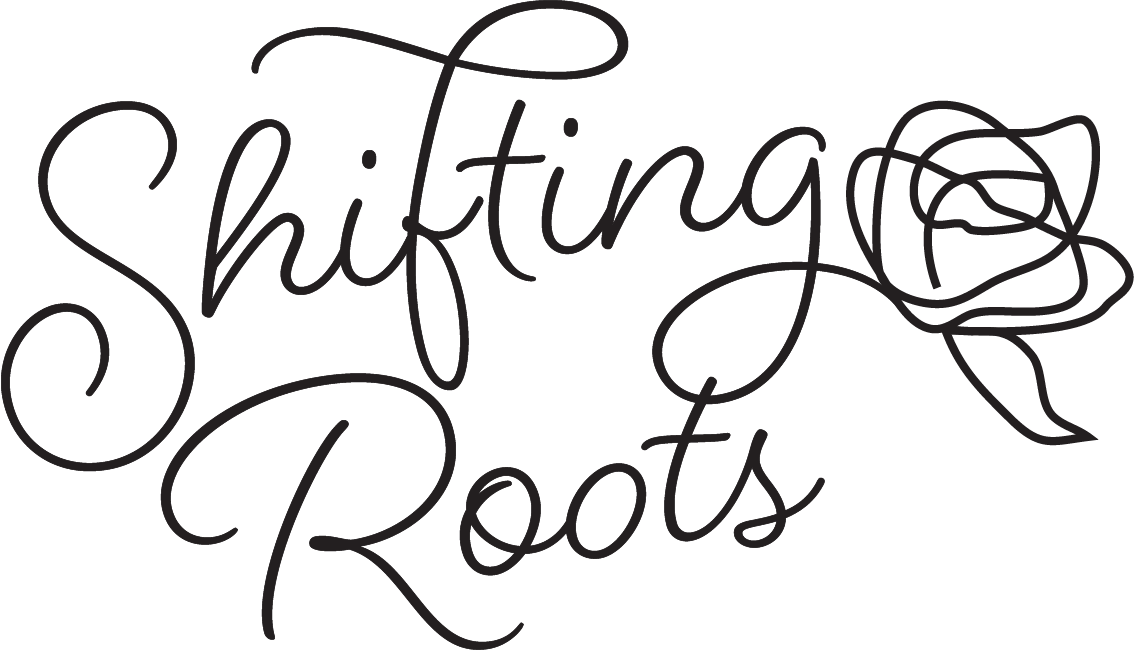
Jan Schalk
Eve